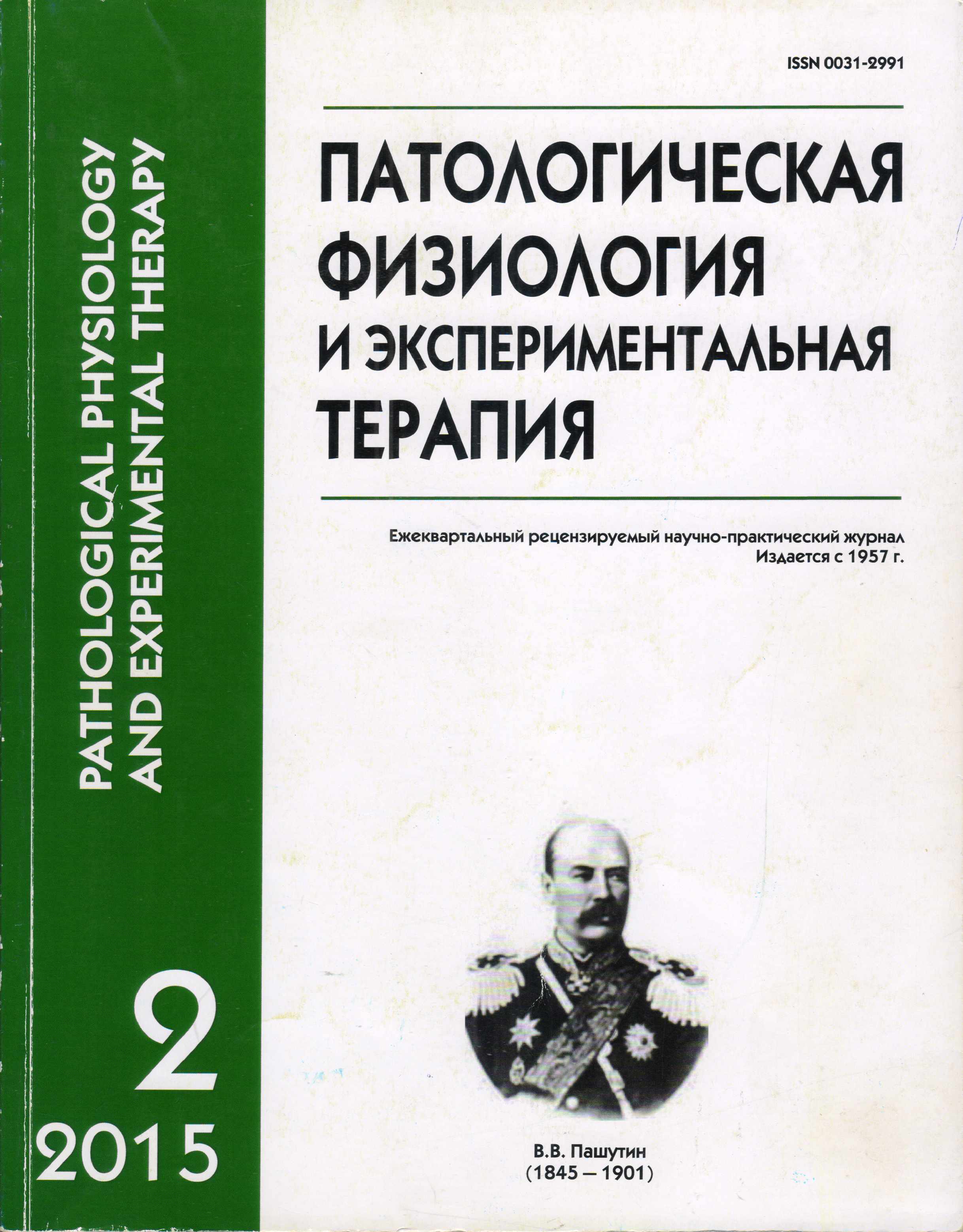Phenomena and signaling mechanisms of macrophage reprogramming
Keywords:
macrophages, the immune system, reprogramming, cytokines, signaling pathways, transcription factors
Abstract
The process of changing the phenotype of macrophages is called «reprogramming.» Reprogramming plays a central role in the immune response. Reprogrammed macrophages are characterized by four phenomena: the phenomenon of the gain response of macrophages on the reprogramming factor (direct gain), and the other factor (cross-gain); phenomenon of reciprocal suppression of alternative phenotypes; phenomenon of cascade activation for mechanisms of reprogramming and the phenomenon of positive and negative feedbacks. The formation of these phenomena provide the intracellular signaling pathways, such as JNK-; PI3K/Akt-; Notch-; JAK/STAT-; TGF-b-; TLR/NF-kB- and hypoxia-dependent signaling pathways. Analysis of the signaling mechanisms of reprogramming led to several conclusions: 1. There is a relative specialization of signaling pathways in macrophages reprogramming on action of different components of the microenvironment; 2. signaling pathways that are involved in reprogramming of macrophages can be divided in the way that program M1 phenotype and the way that program M2 phenotype; 3. Understanding the signaling pathways helps to explain the basic phenomena of reprogramming. Thus, the phenomenon of the gain response of reprogrammed macrophages is provided by convergence signaling pathways at specific protein; phenomenon of reciprocal suppression alternative macrophage phenotype is provided by that the formation of one phenotype is accompanied by increased synthesis of molecules that inhibit an alternative phenotype; at the heart of the phenomenon of cascade activation of signaling pathways is the ability one way to transmit signals over a different path and the basis for the phenomenon of positive and negative feedback is the ability to increase the synthesis of the activators and inhibitors of this pathway. 4. Signalling pathways that transmit the signal from the proinflammatory factors and programm proinflammatory M1 phenotype of macrophages are often branching, which, when activated, may increase the production of anti-inflammatory M2 cytokines; and vice versa. Since the violation reprogramming of macrophages plays an important role in the development of many diseases, understanding the signaling mechanisms of reprogramming, will assist in the selection of effective therapeutic targets to develop new ways of correction of impaired immunity.Downloads
Download data is not yet available.
Published
09-07-2015
How to Cite
Malyshev I. Y. Phenomena and signaling mechanisms of macrophage reprogramming // Patologicheskaya Fiziologiya i Eksperimental’naya Terapiya (Pathological physiology and experimental therapy). 2015. VOL. 59. № 2. PP. 99–111.
Issue
Section
Reviews






